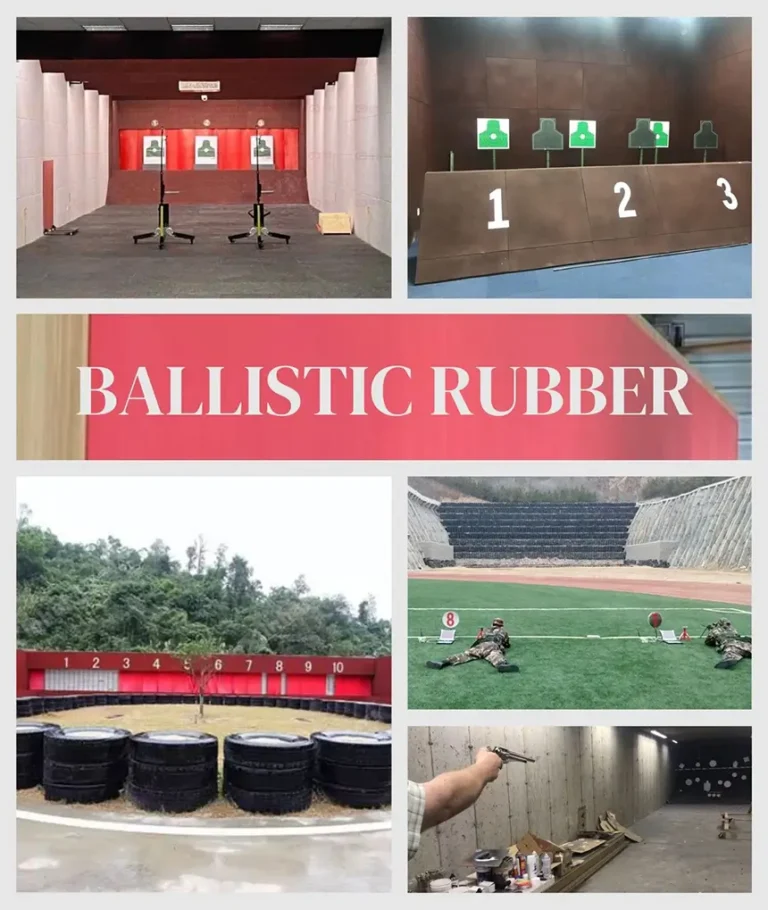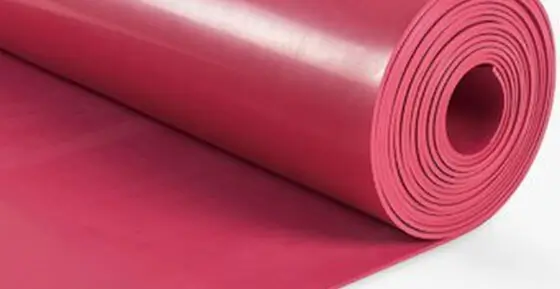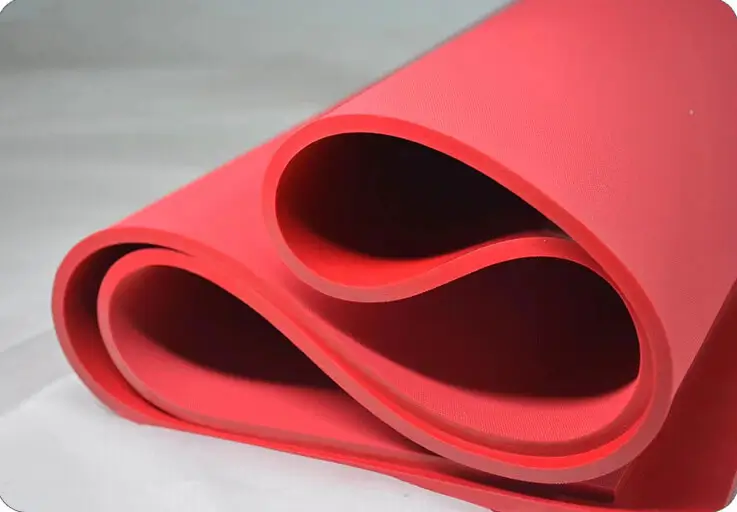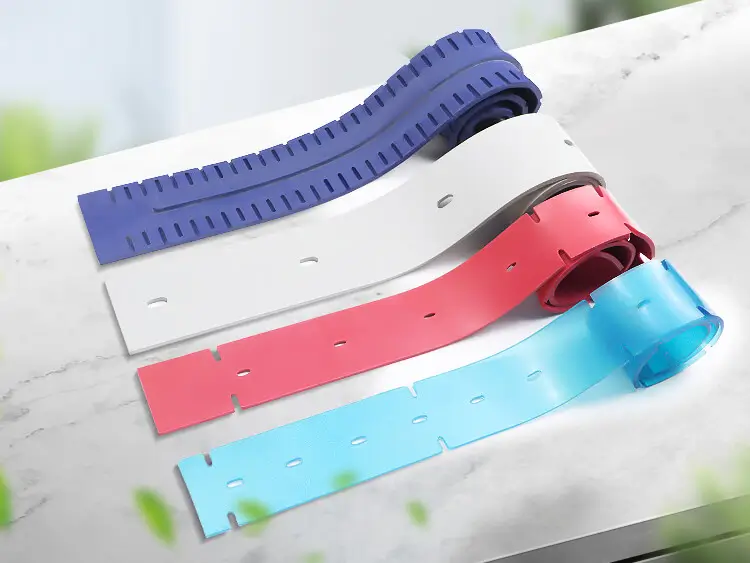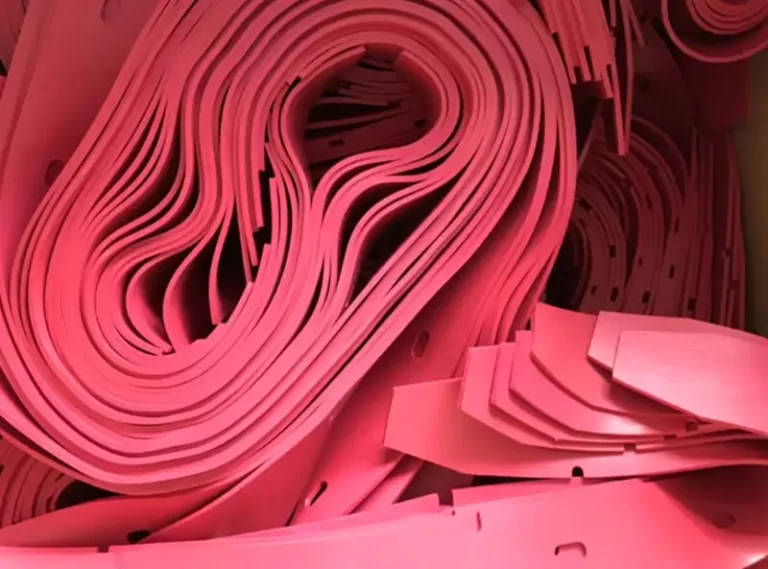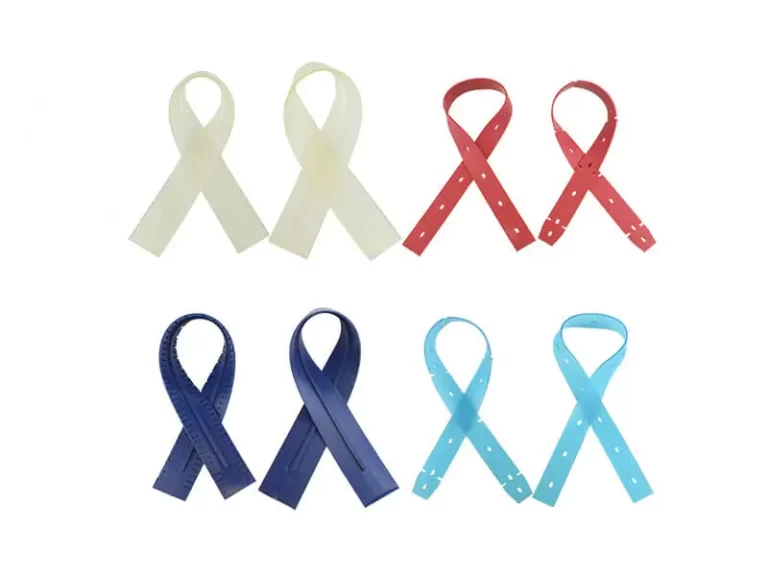What Influences the Tear Resistance of Rubber Sheets?
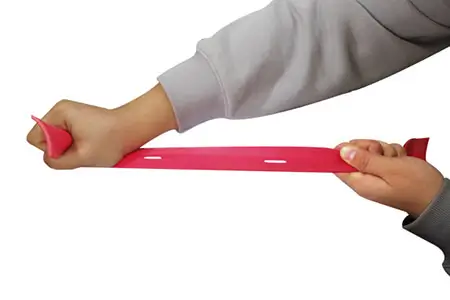
When utilizing rubber materials, we often require not just sufficient wear resistance but also excellent tear resistance. Good tear resistance ensures that the rubber can recover after sudden, intense tearing without becoming unusable due to cracks. So, what factors impact the tear resistance of rubber while maintaining its wear resistance?
- Type of Rubber Matrix: Different rubber types, such as natural rubber (NR), styrene-butadiene rubber (SBR), or nitrile rubber (NBR), exhibit varying tear resistance characteristics. Natural rubber’s molecular structure is unique; its long chain structure provides high elasticity and toughness, offering excellent tear resistance. DEF Rubber’s wear-resistant natural rubber sheets, with over 95% natural rubber content and a unique processing technique, retain the long molecular chain structure of natural rubber, hence exhibiting superior wear and tear resistance compared to similar products.
- Types and Amounts of Fillers: Fillers like carbon black or silica can alter rubber’s tear resistance. Carbon black, a common filler in rubber formulations, changes the interactions between rubber molecules and its rigidity, thereby affecting properties like wear and tear resistance.
- Crosslink Density between Rubber Molecules: The crosslinked network formed during the vulcanization process is one of the key factors influencing tear resistance. The crosslink density affects the rubber’s elasticity and toughness; appropriate crosslink density enhances tear resistance, while excessive crosslinking can lead to brittle rubber, reducing tear resistance.
- Production and Processing Techniques: Precise control of temperature and pressure during production and processing helps maintain the uniformity of the rubber’s internal structure. Molding technology also directly impacts the internal structure of rubber. Uneven production or molding processes can lead to stress concentration points inside the rubber, making it susceptible to tearing under external impact.
- Aging and Environmental Impact: UV light, ozone, chemicals, and temperature changes all affect rubber’s tear resistance. Prolonged exposure to these conditions can cause aging, altering the internal molecular structure and composition, leading to deterioration in physical properties. The judicious use of aging inhibitors can resist these negative effects to some extent. Environmental temperature also affects tear resistance; extremely high or low temperatures can change the rubber’s hardness and, consequently, its tear resistance.
- Use of Softeners and Plasticizers: Soft rubber compounds usually have better tear resistance. The addition of softeners and plasticizers enhances rubber’s flexibility, thereby improving its tear resistance. However, excessive addition can reduce the strength of rubber, affecting its overall performance.
In summary, the tear resistance of rubber sheets is determined by a combination of material composition, processing techniques, and environmental factors. By optimizing these elements, the tear resistance of rubber products can be effectively enhanced. If you still have questions or uncertainties, don’t hesitate to contact the wear-resistant rubber experts at DEF Rubber.

